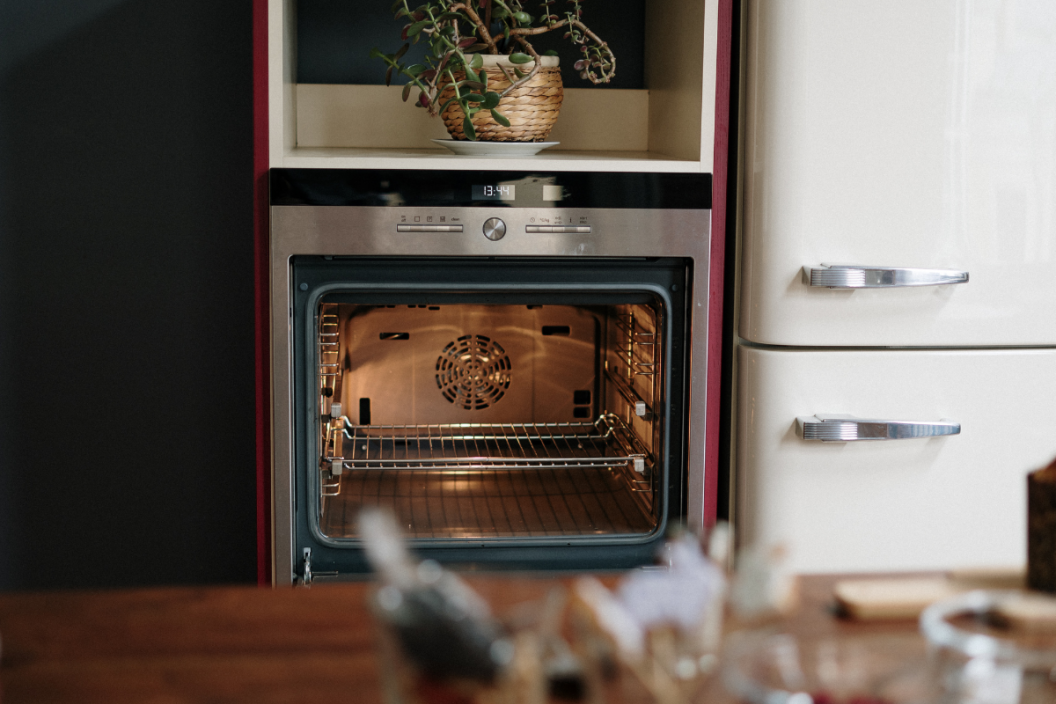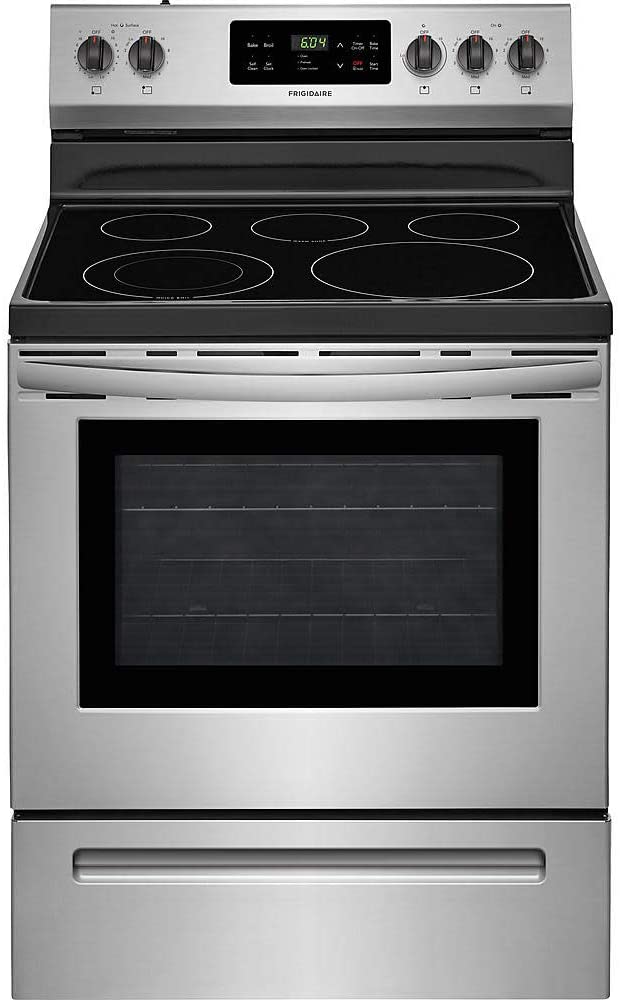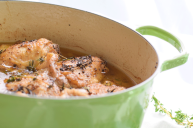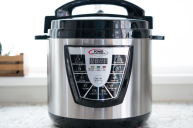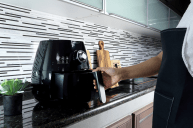When was the last time you cleaned out your oven? Unless you make a big mess on the bottom of the oven, it's easy to forget this appliance when you're cleaning the kitchen. And if you're anything like me, you think "oh, one of these days, I'll just use the self-clean feature." Fortunately, I keep forgetting to do that and for once, that's actually a good thing. Running the self-clean cycle on your oven isn't something you should do.
Self-cleaning ovens were supposed to be the pinnacle of household technology, where you could hit one button and all the burned on food residue would just disappear. But to understand why you shouldn't use the self-cleaning feature, you need to know how it works. Normally, when you clean an appliance, you use some combination of a cleaner, water and elbow grease. But the self-cleaning cycle on an oven uses heat, and that's where the problem is.
How self-cleaning ovens work
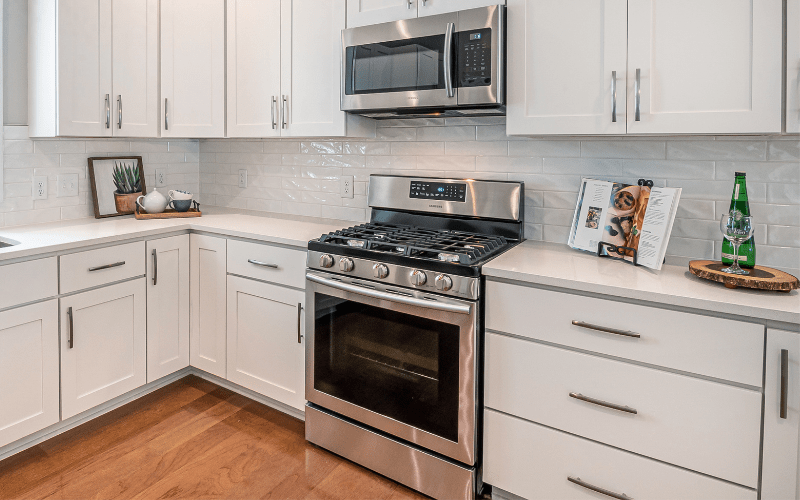
A standard kitchen oven isn't used much above 500 degrees Fahrenheit in day to day cooking. But when you turn on the self-clean function, your oven heats up to well over 800° for anywhere from two to six hours. Modern ovens have two features that make that a potential problem. First, the heating elements are hidden, which means they don't vent heat as well. Second, setting the self-clean cycle in motion will automatically lock the oven door so that you can't open it until the oven cools down to a certain temperature.
It's the high heat that burns off the build up on the bottom of the oven. But when those high temperatures start burning the gunk away, you can get a lot of smoke. You can also get fumes from the enamel lining of the oven, which can irritate all the humans and pets in the house. If you can't open the oven door while oven is in cleaning mode, it's harder to vent the smoke and fumes - think smoke alarms going off and no way to shut off the appliance.
Self-cleaning ovens can also burn out control panels and blow fuses if your electrical system isn't set up to handle that much power being used in your oven.
Some self-cleaning ovens have a steam clean setting. If you've got that kind of oven, self-cleaning may work. The steam doesn't need the high heat to loosen the food particles, so the door doesn't automatically lock and the cleaning process doesn't last as long.
You can skip the self-cleaning function and use a commercial cleaning product, but don't use a harsh chemical cleaners as they may damage the enamel coating. (And don't try to save a step and cover the bottom of the oven in aluminum foil. The foil can hinder air flow and it can melt, and you do not want to clean that out of your oven.)
The best way to clean your oven is the same way you clean your cooktop. Wipe out food debris frequently. For a deeper clean, sprinkle baking soda over the bottom of the oven and spray a little bit of vinegar on top. If there is a lot of grime baked in, you can lay a damp cloth on top of the baking soda for 30 minutes. Wipe the baking soda out of the oven and you're good to go. Don't forget to pull the oven racks out from time to time and give them a good scrub as well.
Watch: Foil Packet Recipes are Perfect for Campfire Meals and Your Oven
